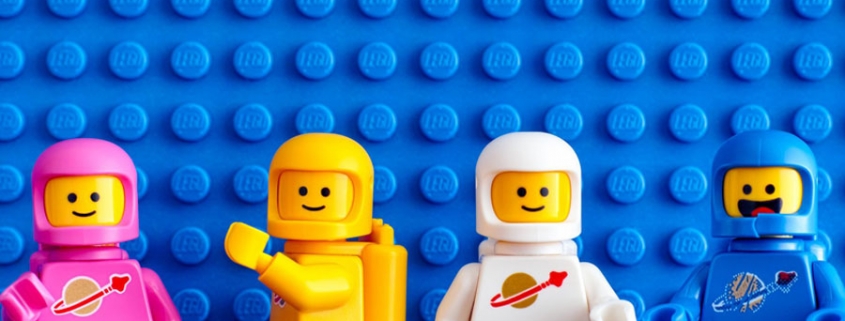The Rise of Lego Group – Famous Brand of Toys Construction
Ten years ago, The Lego Group, a leading multinational and famous brand of construction toys reached an unimaginable shape towards the brink of complete economic failure. They became worse in 2003 when the sales of Lego went down by 29% worldwide, and by January 2004, they broke down completely losing around one million dollars every day.
The owner and CEO Kjeld Kirk Kristiansen then stepped down and paved the way for the new CEO Jorgen Vig Knudstorp to step into his shoes. Jorgen revolutionised the company and implemented various strategies that every firm could utilise. The core three principles that he applied were-
To sell your products, most importantly you need to know who your targets buyers are and keep in touch with their changing requirements. Lego had slowly lost track of what their prospective customers, i.e. families and kids wanted. The first strategy that Jorgen implemented was that he made his market analysts get a complete market research done and find out whether what the children wanted was some challenge and not a just mere showpiece.
Lego was not only any other toy company. It signified a brand name, and more fundamentally, it highlighted its excellent quality and features. The trust that a consumer has when he gets a Lego product without much thinking is something which adds value to the product.
Every company has its dedicated set of followers who are loyal towards the brand. These fans are the most reliable set of customers, and their feedbacks, as well as suggestions, are most crucial in the shaping of the company. Lego, in this case, went a little overboard and recruited some of their most reliable fans – the AFOLs (Adult fans of Lego) and came up with creative products which brought them back to the top.






